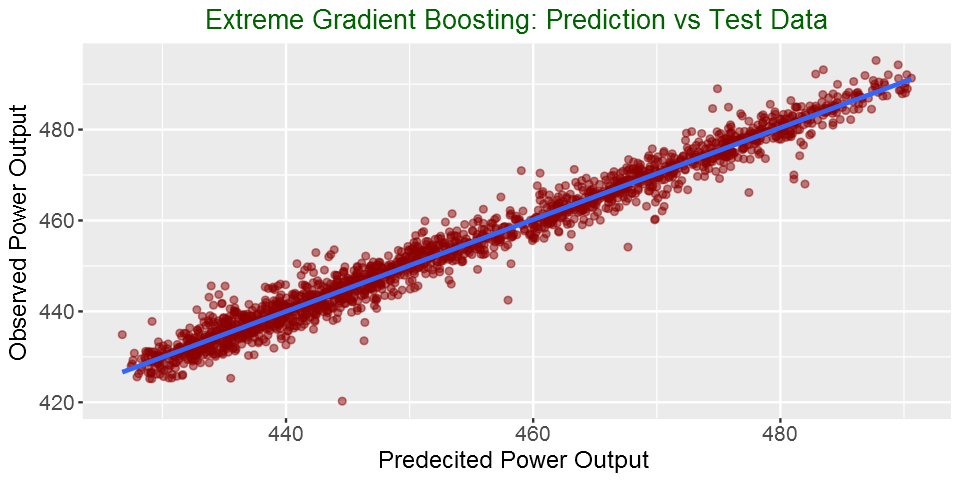


# $ weekday_chr "Saturday", "Sunday", "Monday", "Tuesday", "Wednesda… So now that we have some understanding of the variables in BikeData, we can use the Generalized Boosted Regression Models ( gbm) package to model the bike rental data. The exploratory data analysis showed us that bike rentals seem to drop off at a certain temperature (~20˚C).Īnd that rentals were lower on holidays compared to non-holidays. # because it does not change the underlying data structure, but we wantto view base::source("code/01-import.R")īase::source("code/03.3-visualize.R") # we don't neeed to run 03-vizualize.R, Run previous scripts to import and wrangle data. The packages below are needed to complete this analysis. Implementing GBM in R allows for a nice selection of exploratory plots including parameter contribution, and partial dependence plots which provide a visual representation of the effect across values of a feature in the model. By reducing the error iteratively to produce what will become the final model, GBM is an efficient and powerful algorithm for classification and regression problems. GBM is unique compared to other decision tree algorithms because it builds models sequentially with higher weights given to those cases that were poorly predicted in previous models, thus improving accuracy incrementally instead of simply taking an average of all models like a random forest algorithm would. The following tutorial will use a gradient boosting machine (GBM) to figure out what drives bike rental behavior. The tutorial is part 2 of our #tidytuesday post from last week, which explored bike rental data from Washington, D.C.


 0 kommentar(er)
0 kommentar(er)
